Report by D. Herald about the possible lightcurve of the occultation by Leona
Subject: [Planoccult] Leona shape for Betelgeuse event
Datum: Tue, 10 Oct 2023 10:44:17 +1100
From: Dave Herald via Planoccult
Josef Durech (of DAMIT) has derived a preliminary shape model for Leona, with a prediction for the Dec12 event. HUGE thanks to Josef for achieving this.
CAUTION. This is a preliminary result. But hopefully it is indicative of what to expect.
The model is at:
https://sirrah.troja.mff.cuni.cz/~durech/Leona/
This model is a sky-plane plot. The representation as plotted on the ground is the mirror image around the Y axis.
My measurements of this model for Dec 12 indicate the equivalent ellipse axes are 77 x 61 km in PA 35 deg, with a volume-equivalent diameter of 58km. The orientation of the path is about 10 deg in the opposite direction – giving a difference of around 45 deg between the across-path direction and the orientation of the shape model.
I have been making changes in Occult to generate prediction light curves for elliptical representations of asteroids. Also to incorporate the effects of limb darkening.
According to Wikipedia, ‘On 13 December 1920, Betelgeuse became the first star outside the Solar System to have the angular size of its photosphere measured.[36] Although interferometry was still in its infancy, the experiment proved a success. The researchers, using a uniform disk model, determined that Betelgeuse had a diameter of 0.047″, although the stellar disk was likely 17% larger due to the limb darkening, resulting in an estimate for its angular diameter of about 0.055".[36][57] Since then, other studies have produced angular diameters that range from 0.042 to 0.069″
And at another location
Subsequent studies have reported an angular diameter (i.e., apparent size) ranging from 0.042 to 0.056 arcseconds’;
Using the diameter I have in Occult (which is a mean value of measurements) of 48.1mas, the light curve from a circular asteroid was:
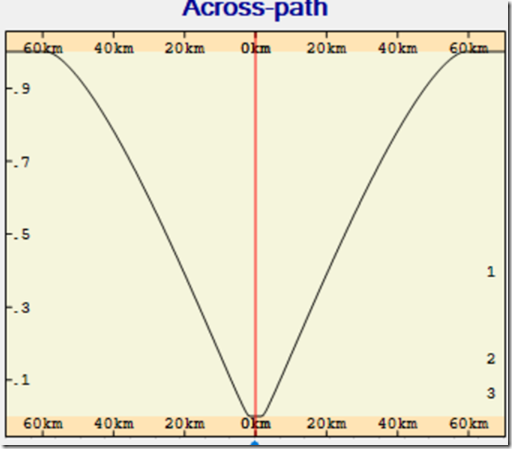
Using that same star diameter, but using shape model projection for Dec 12 with axes of 77 x 61 km, and using a limb darkening coefficient for Betelgeuse of 0.90, the light curve is:
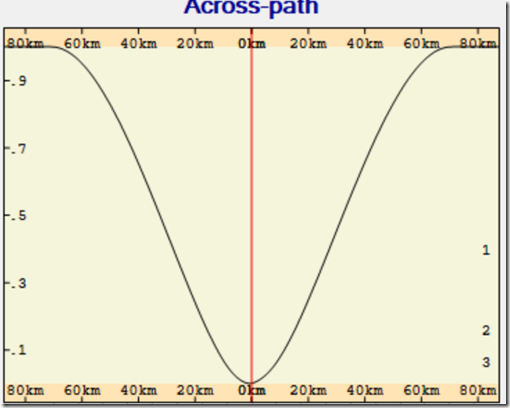
The increased width of the light curve overall is due to the ellipticity of the asteroid. Additionally, limb darkening increases the width towards the bottom of the light curve (but not the width of totality)
If we reduce the star diameter to 42 mas, the light curve is:
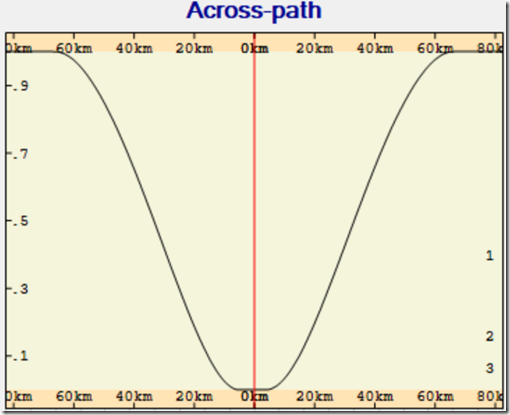
with it being total in a path about 12 to 15 km wide. At the limits of that total path, the time of mid-occultation is displaced about 0.8 secs from that on the center line
If we increase the star diameter to 56mas, the light curve is:
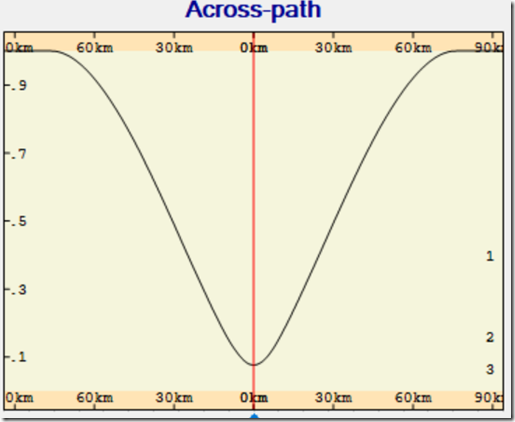
In this situation (star large than major axis of the asteroid) the depth of the occultation is not dependent on the asteroid’s orientation. Rather the different orientations affect the width of the light curve
If we increase the star diameter to 65mas, the light curve is:
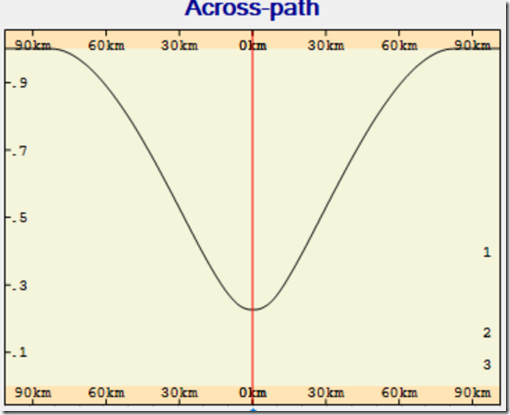
For the star diameter of 42mas, the along-track light curve at the northern limit of totality is:
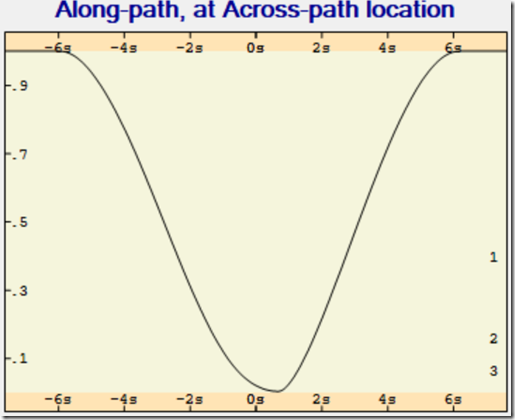
The time offset of minimum light is a combination of asteroid ellipticity, and its orientation relative to the path.
What does all of this mean? The biggest variable in what to expect with this event is now reduced to the diameter of Betelgeuse. If the diameter if Betelgeuse is 42mas, the path will have a band of totality around 15km wide. If the diameter is between 47 and 59 mas, the occultation will be a ‘bisected’ event (my terminology) where at maximum occultation the disk of the star will be bisected by the asteroid profile, and have varying light level across the width of that band due to the effects of limb-darkening.
Considering the range of possible diameters for Betelgeuse, the magnitude drop at maximum will be at least 0.7, with a drop of 3 mags more likely, and falling below naked eye visibility a plausible possibility.
For general info.... At this time, my guess is that we should plan using a diameter of around 48mas, with limb darkening.
And a question... Can we assume that the disk of Betelguese will have a step drop in brightness at the limb? Or will there be significant gradation from ‘full’ light to zero light? All our calculations assume a step function, but from everything I’ve seen about Betelgeuse, I seriously doubt this is correct.
Remember: this is all ‘preliminary’...
Dave Herald
Murrumbateman
Australia






